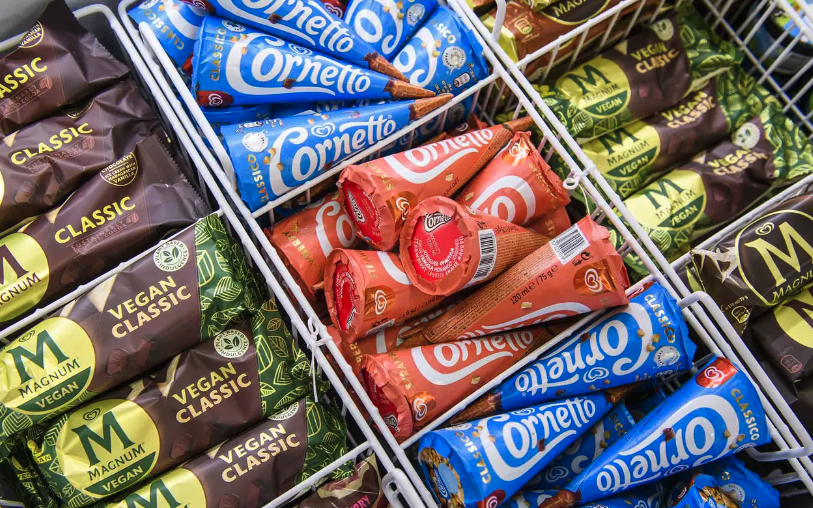
British multinational consumer packaged goods company Unilever has announced plans to grant a free non-exclusive license for 12 reformulation patents which see ice cream to be stored at warmer temperatures.
Access to these patents will help the industry reformulate ice cream products that remain stable at the warmer freezer temperature of -12°C, rather than the current industry standard of -18°C. It is hoped that by sharing these patents with other ice cream manufacturers the industry will be able to move towards more energy efficient freezer cabinets across the globe.
Last year, Unilever announced its ambition to increase the temperature of its last mile ice cream freezer cabinets, whilst ensuring the same ice cream quality and consumer experience. Since then, research conducted at Colworth, Unilever's Global Ice Cream R&D Centre and two pilots in Germany have confirmed an energy reduction of around 25% per freezer cabinet at the warmer temperature of -12°C, which is better for the environment, and means the freezers are cheaper to run.
Andy Sztehlo, Chief R&D Officer Ice Cream at Unilever said: "We're pleased to take this next step in our work to increase the temperature of our last mile ice cream freezer cabinets. By granting a free non-exclusive license to these 12 reformulation patents, we hope our peers and partners from across the ice cream sector will benefit and work to tackle emissions across the industry. We believe through collaboration, we can reduce the cold chain's impact on the environment, whilst continuing to deliver the great quality ice cream products our consumers love."
Emissions from retail ice cream freezers account for 10% of Unilever's value chain greenhouse gas footprint. Unilever's Climate Transition Action Plan sets out the company's roadmap to reach its climate targets, including achieving net zero emissions across its value chain by 2039, and a science-based target to halve the emissions impact of its products on a consumer use basis by 2030, against a 2010 baseline.